Description
Question 1
1.1 Read the information in the case study below to answer the questions that follow.
Case study: Empowering learners with disabilities in Africa
Introduction: In many African countries, learners with disabilities face various challenges in accessing education. This case study explores the perspectives and experiences of learners with disabilities in an African context. The focus is on a fictitious country named Shangura, where efforts are being made to improve the inclusivity of the education system. Although Shangura has its own cultural beliefs, the country is growing in its recognition of the rights of learners with disabilities. Community awareness campaigns and education programmes provide insight into traditional practices that hinder inclusion. Parental involvement is encouraged through regular communication, parent-teacher meetings, and workshops on supporting learners at home. Community-based initiatives include support groups and advocacy programmes to empower parents and caregivers.
Case study scenario: Shangura is a diverse country in Africa with a rich cultural tapestry. The government has recently recognised the need to look into the educational disparities faced by learners with disabilities. The education ministry has implemented inclusive policies and is working to create an environment that accommodates diverse learning needs, for instance by building accessible infrastructure and providing assistive devices to ensure equal access to education for all learners, including those with disabilities. Classrooms are adapted through flexible seating arrangements, assistive technology, and additional learning materials. Teacher training programmes include modules on inclusive education, and ongoing support is provided through mentoring and workshops. Continuous professional development is essential, and feedback mechanisms are in place to deal with specific challenges faced by teachers. Teachers in mainstream schools have been trained to identify learners with disabilities through a combination of teacher observations, parent reports, and formal assessments. Strategies to promote interaction and collaboration among all students include peer support systems, group activities, and teacher collaboration to create an inclusive learning environment. Assessment methods include standardised tests, observation tools, and collaboration with special education professionals to determine specific needs. Although the government faces challenges that include funding limitations, measures are in place to ensure partnerships with non-governmental organisations (NGOs) – and international organisations help mitigate these issues.
Questions:
1.1.1 How are learners with disabilities identified in Shangura’s education system?
(2)
1.1.2 What assessment methods and tools are used to determine the specific needs of each learner? (2)
1.1.3 What initiatives has the government of Shangura taken to ensure that learners with disabilities have equal access to quality education? (2)
1.1.4 Are there any challenges in implementing these initiatives, and if so, how are the challenges being addressed? (3)
1.1.5 How do cultural beliefs and attitudes in Shangura influence the perception of learners with disabilities? (2)
1.1.6 Are there any traditional practices that either support or hinder the inclusion of learners with disabilities in mainstream education? Please explain. (2)
1.1.7 What training programmes are available for teachers in Shangura to equip them with the skills needed to support learners with disabilities? (2)
1.1.8 Why is there a need for ongoing professional development and support for teachers in this context? (2)
1.1.9 How are classrooms adapted to accommodate learners with disabilities in Shangura? (2)
1.1.10 What strategies are in place to promote interaction and collaboration among all students, including those with disabilities? (2)
1.1.11 To what extent are parents of learners with disabilities involved in the educational process in Shangura? (2)
1.1.12 Which community-based initiatives are put in place to support the inclusion of learners with disabilities?
Question 2
2.1 Discuss each of the following questions in two paragraphs:
2.1.1 How do inclusive education policies contribute to the overall development of an inclusive society? 5 marks x 2 = (10)
2.1.2 How can legislation support the effective implementation of inclusive education policies, and what challenges might arise in this process?
5 marks x 2 = (10)
2.1.3 The normalisation movement supports the ideals of inclusion by striving to create a society where individuals with disabilities are treated equitably, integrated into various aspects of life, and where their diverse contributions are valued and appreciated.
Discuss the normalisation movement in the context of inclusion of persons with disabilities under the following themes: Please write one paragraph under each theme. 5 marks x 5 = (25)
2.1.3.1 Equal opportunities
2.1.3.2 Reducing stigma
2.1.3.3 Social integration
2.1.3.4 Diverse perspectives
2.1.3.5 Legal frameworks
[45]
Question 3
3.1 Watch the following video: Tips for an Inclusive Classroom.
Click on the link below, or read the transcripts that are provided to enable you to answer the questions.
Video transcripts:
Welcome to a teaching online channel for rural EFL teachers.
During today’s video, you will be introduced to tips for creating an inclusive classroom. If it is difficult for you to include a variety of teaching strategies in your classroom, you will probably not be able to meet all of your students’ needs. For a teacher it is sometimes difficult to accommodate different students with diverse learning requirements, mostly because the lack of time does not allow for personalised instruction to all learners. So, how can we create an inclusive classroom for everybody?
Let’s take a look at some useful information. An inclusive classroom does not provide an equal experience for all students; it provides an equitable education for all of them. This means that it offers diversity of strategies for a diversity of students. This way, everyone has an opportunity to learn successfully. Sometimes an inclusive classroom only involves moving special educational practices into a regular classroom.
An inclusive classroom is mainly characterised by a collaborative and communicative plan to support all students. Adapt your instruction to the individual needs of your learners. Don’t be afraid to ask your students how they learn. When you are familiarised with how they learn, it will be easier for you to include that in your lesson because considering those preferences for learning will help you attract more students. You may find that some of your students learn better when you use videos, so take advantage of that.
Group activities: Research in this field has shown that when students learn collaboratively with their peers, those with special educational needs can achieve more with these skills and their peers without challenges benefit from those activities too.
Co-plan and co-teach your lesson: Working with an expert in differentiation will lead to great improvements in your class. If you don’t have a chance to work with another person, ask yourself what strategies could have worked for them and you will see how valuable the information can be for you. As we said before, when students work groups, learning is more meaningful. So, that is an activity in which collaboration is key.
The activity for today’s video is, learning about my classmate. As students do this activity, they will be able to ask for personal information about a classmate. For this activity, students will be working with a partner. You will have the pairs already arranged so those students who struggle with English can get extra help if needed. Students will ask each other good questions related to personal information. For example, what’s your favourite subject? After that, students will write down their responses. With a chat like this, you can provide more or less information than in the example shown in the video. Students with special educational needs will do better when they are given options. So, this chat (displayed in the video) has various options for each question. After they have completed the information from the previous chat, they will be provided with the classmate profile where they will need to write and draw the classmate’s suggestions. If writing is too difficult for some of your students, you can provide them with a magnifying glass so they will look for some activities there. After that they get all the information and finally they learn from their classmates’ profiles. You can also try some of these activities (displayed in the video): (a) “Simon says”, (b) Presenting about an interesting topic, or (c) Realia for concrete learning.
Can we create an inclusive classroom? Of course we can. We just need to remember some tips: Equal is not the same as equitable – everybody has the opportunity to learn. Use different grouping techniques in your classroom. Ask your students about their learning differences and consider them in your planning.
Answer the following questions about the video that you have watched or the video transcripts that you have read.
3.1.1 From the video recording and transcripts, identify five tips for an inclusive
classroom. 2 marks x 5 = (10)
3.1.2 Why is it important for students to learn about their classmates? (2)
3.1.3 When students work with partners or in pairs, it is called “paired learning”.
Identify four important aspects of paired learning according to the video recording.
2 marks x 4 = (8)
3.1.4 Describe the importance of the following teaching strategies:
(a) Group activities 2 marks x 2 = (4)
(b) Co-planning and co-teaching 2 marks x 2 = (4)
3.1.5 In your own words, explain what you understand by the statement:
“Equal is not the same as equitable.”
TOTAL MARKS = 100

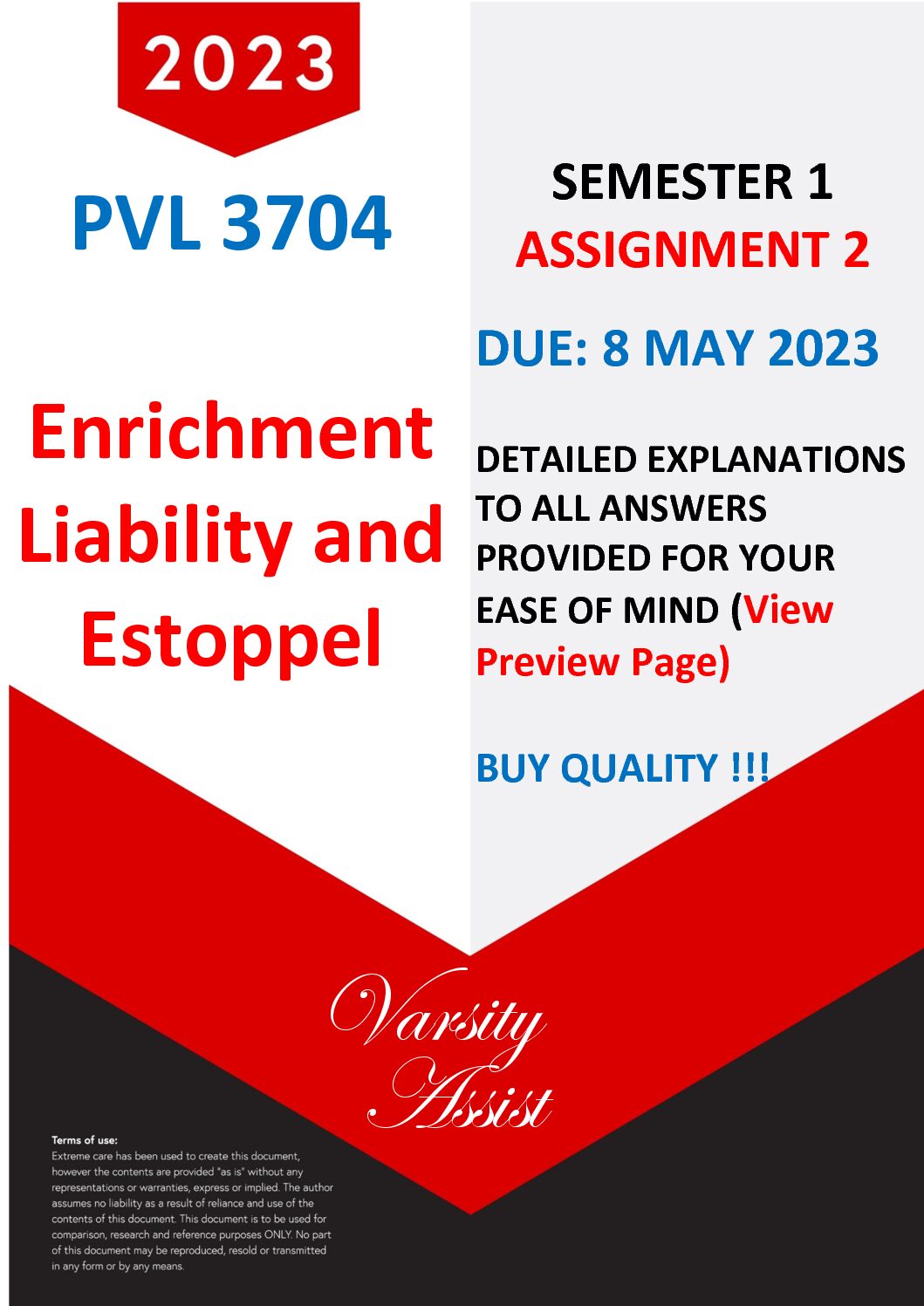
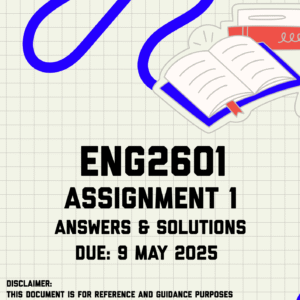







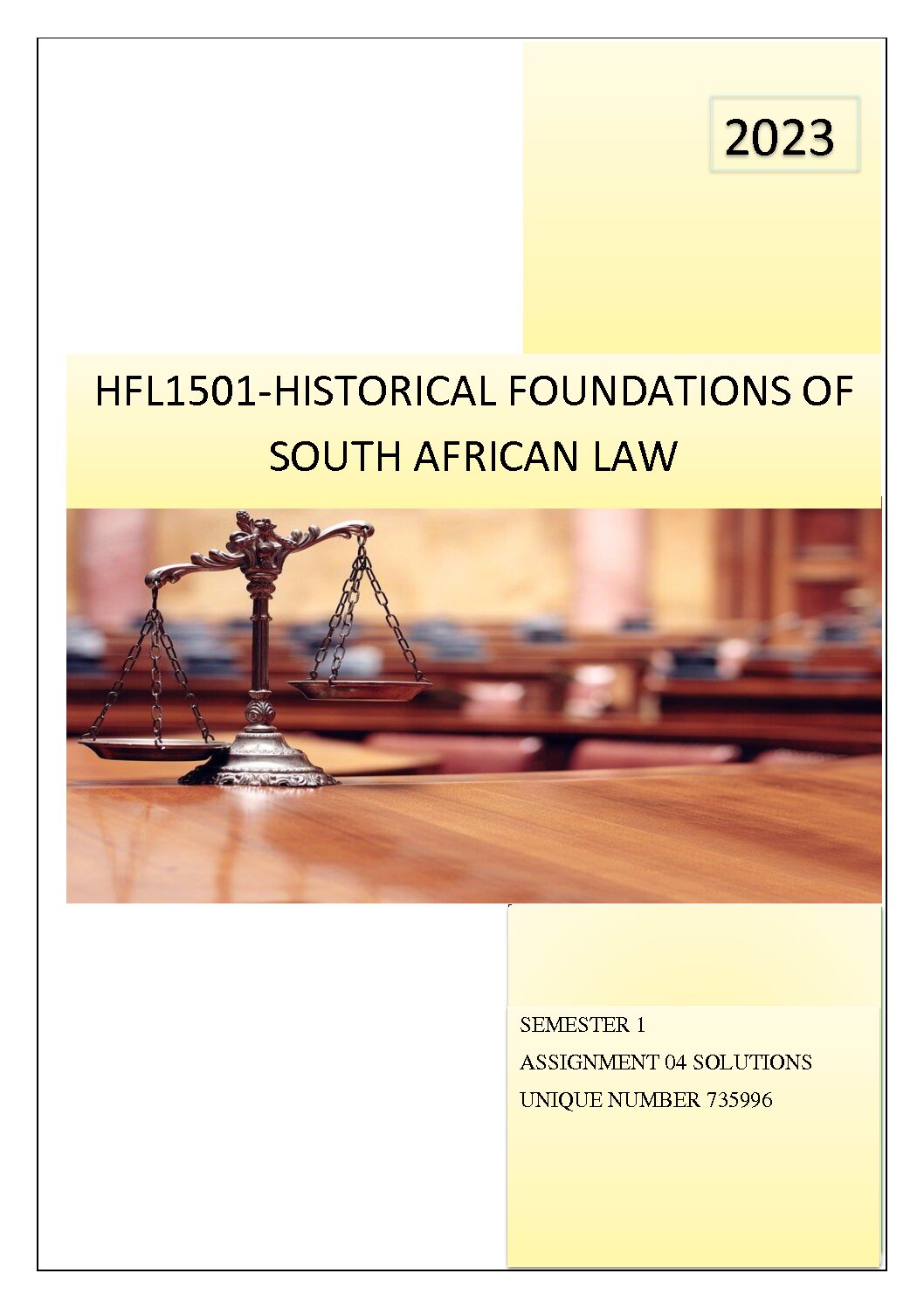






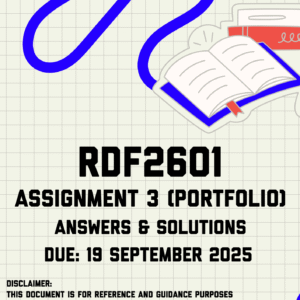
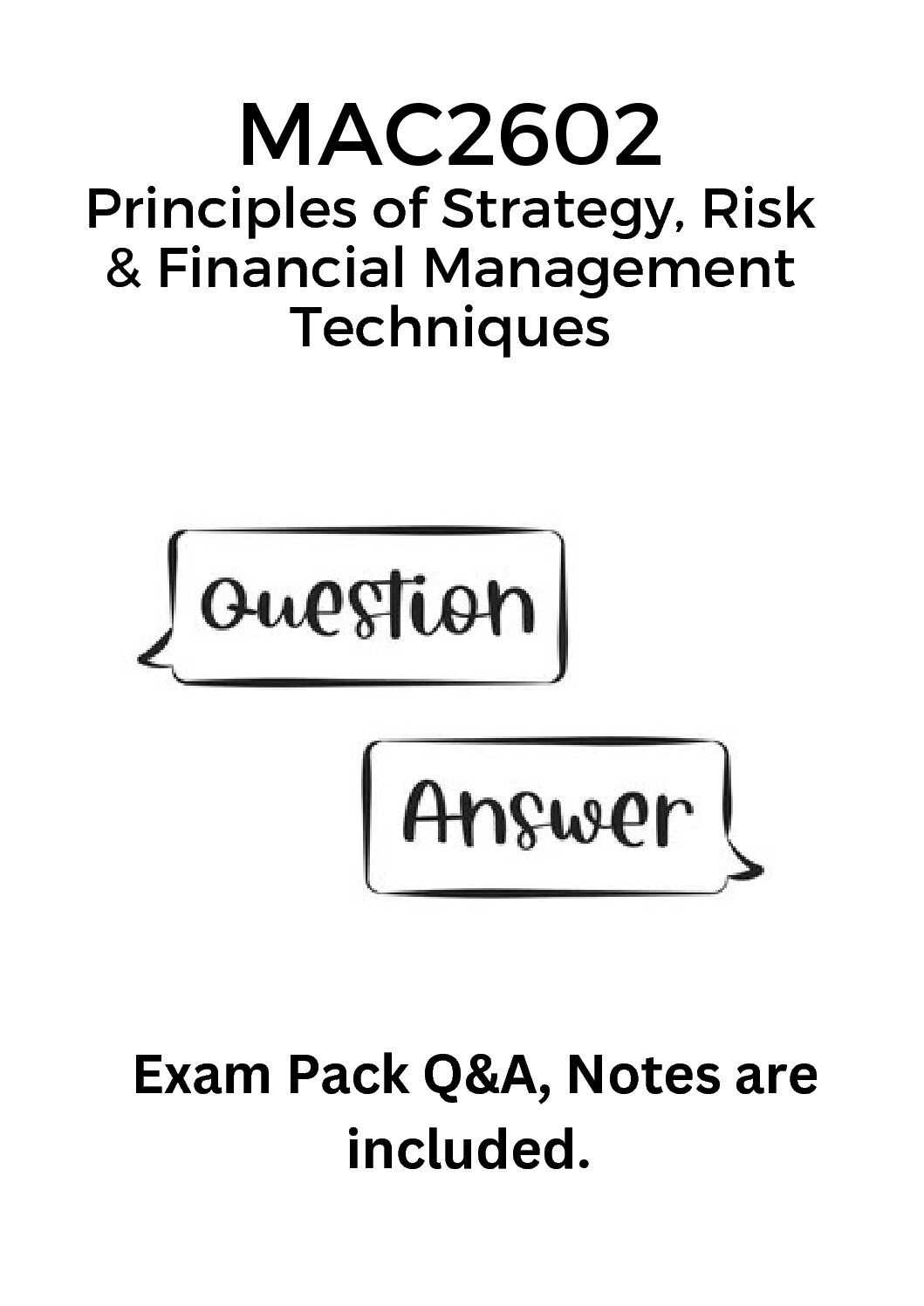














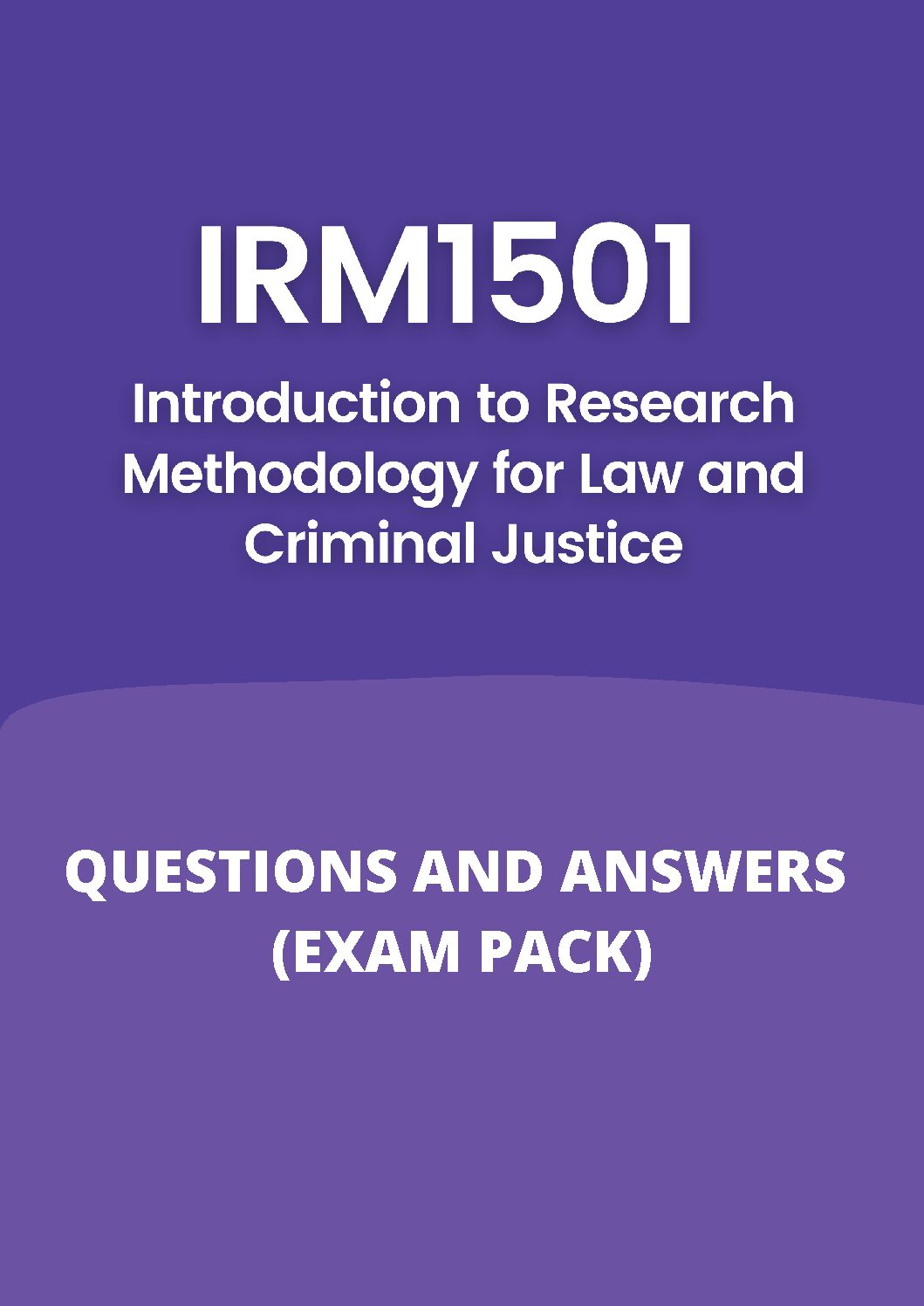
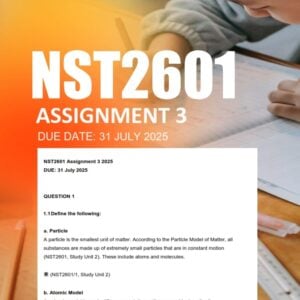


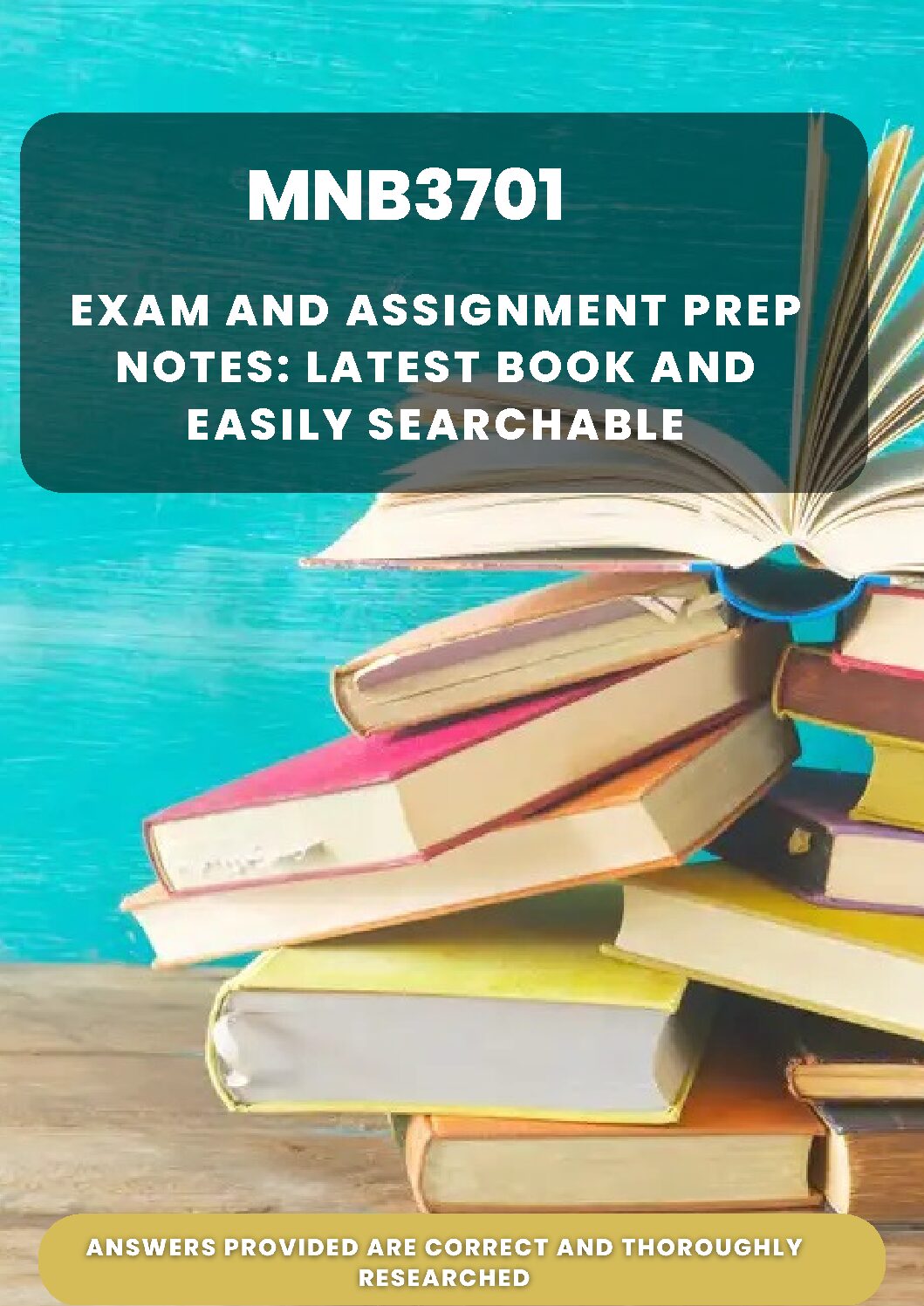
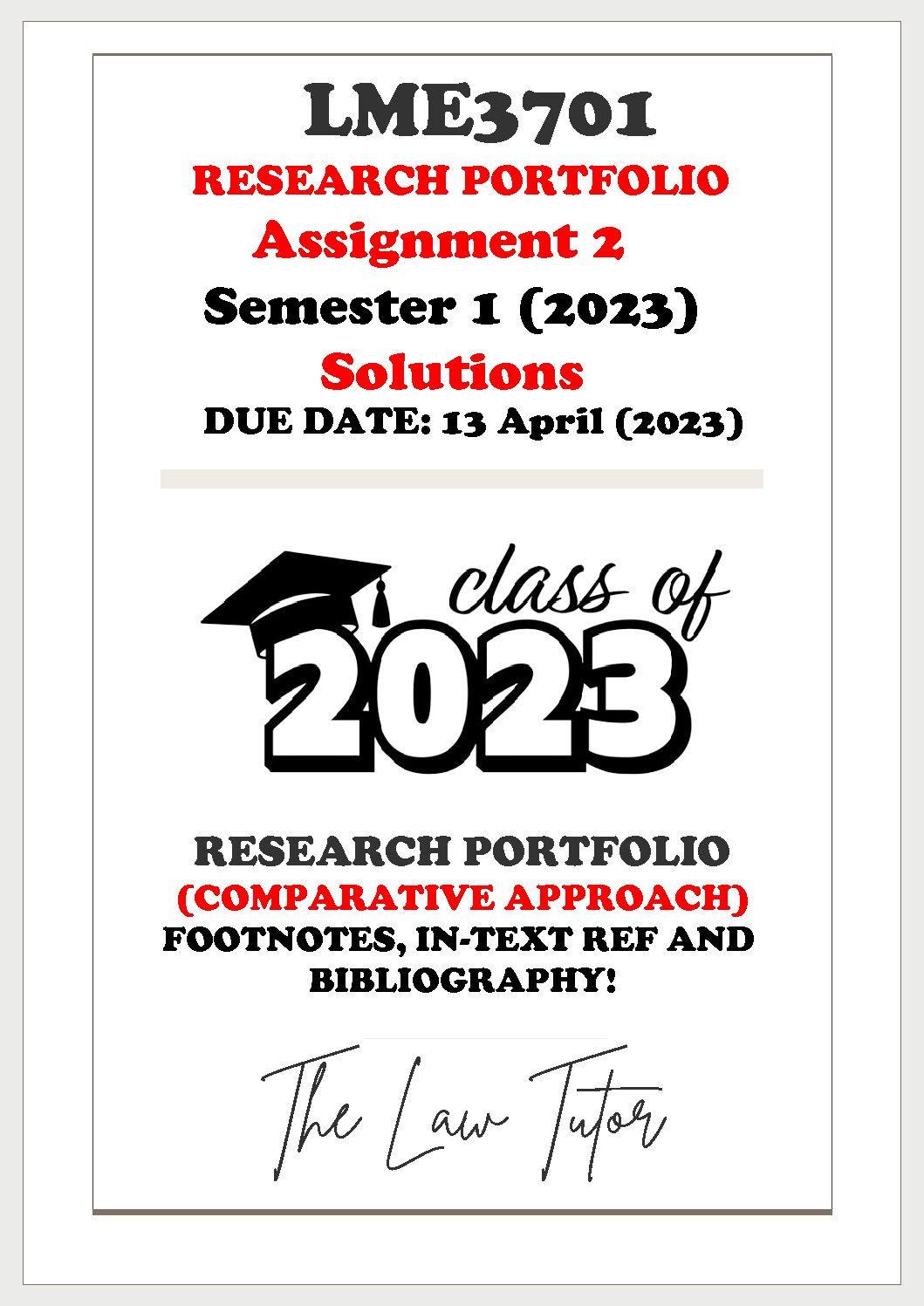
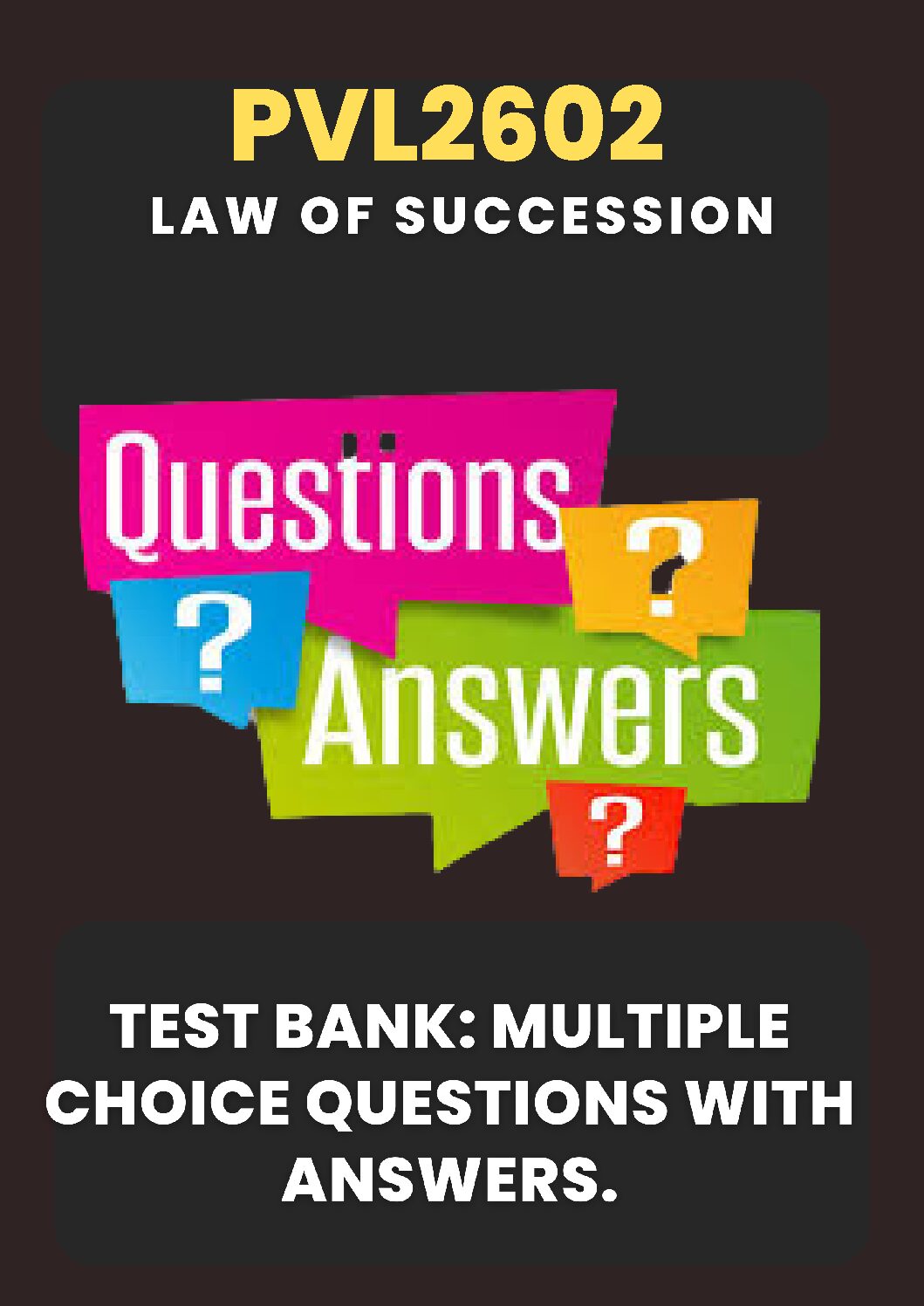






















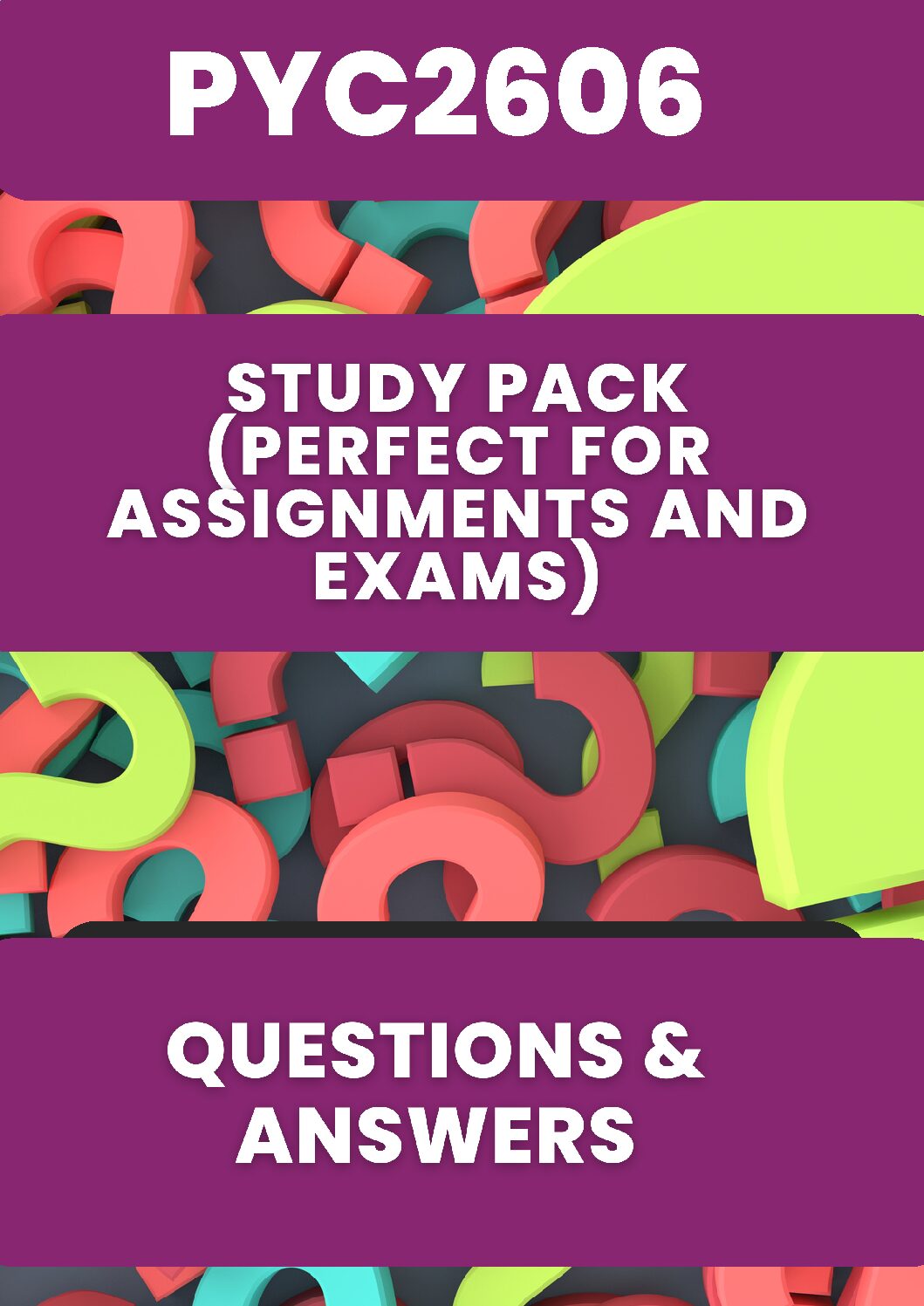

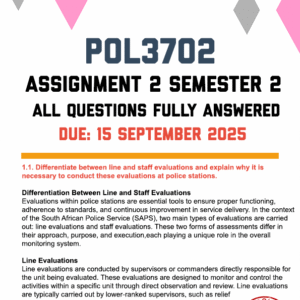





![PYC1501-Multiple Choice (Questions & Answers) [2023]](https://studypass.co.za/wp-content/uploads/2022/12/1-18-300x300.png)


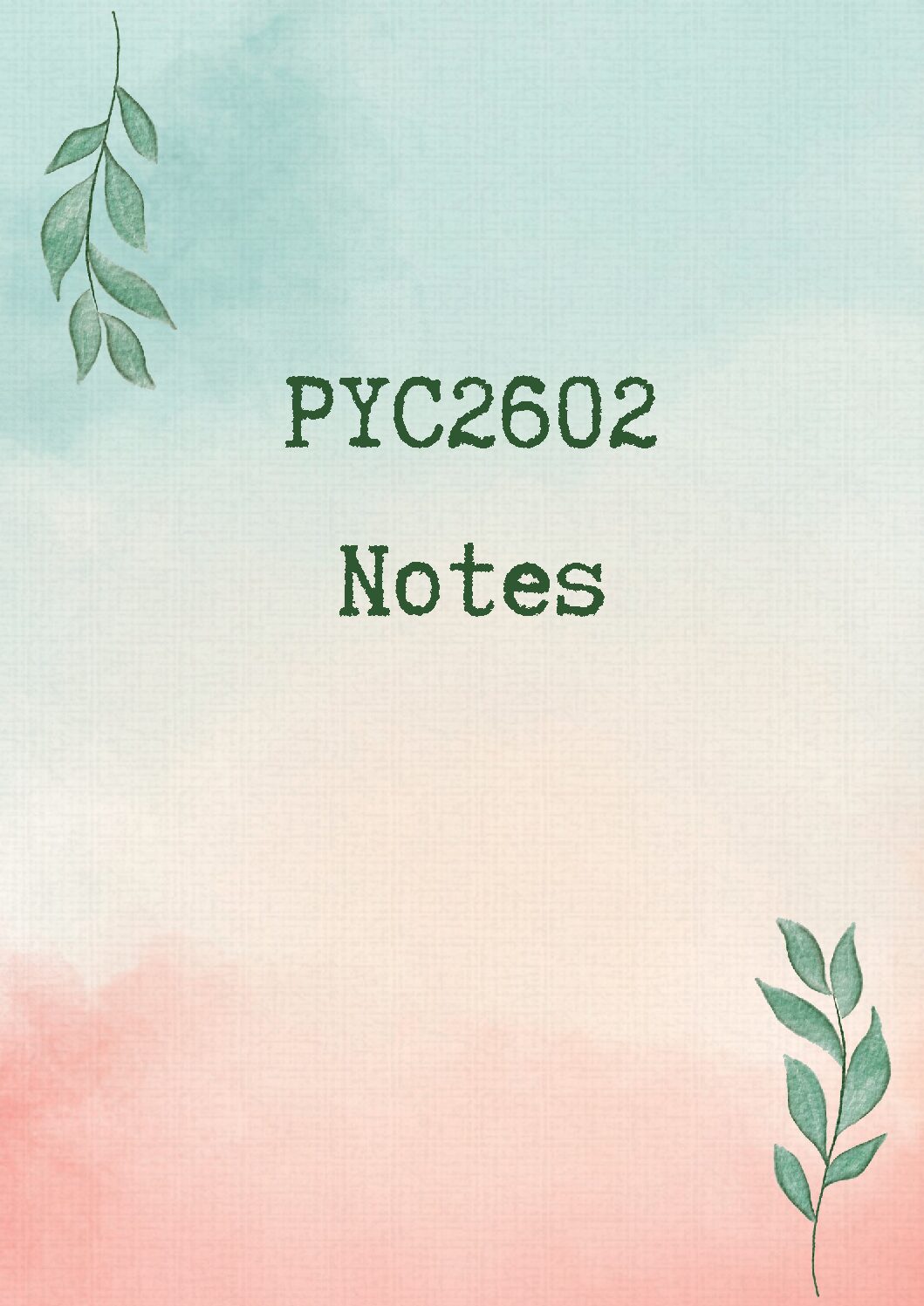



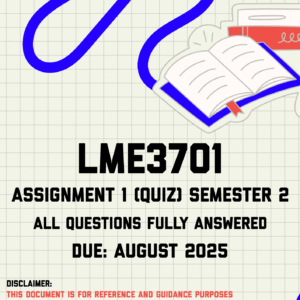
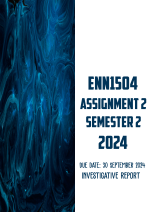




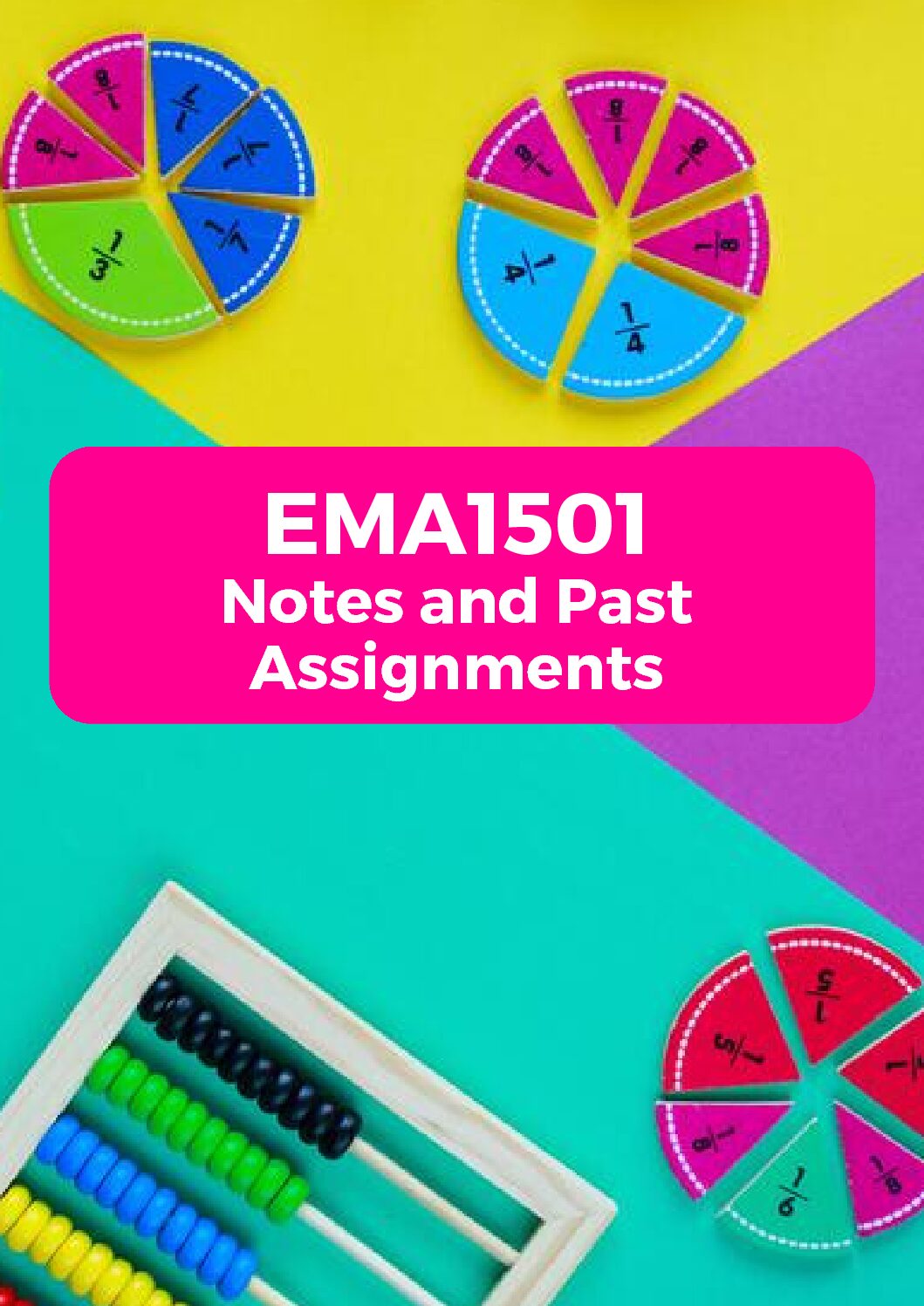

Reviews
There are no reviews yet.